Explore Your Garden Personality: The Artist
A successfully designed garden should tell the story of those who inhabit it. Like the chapters of a good novel, a successful garden weaves a tapestry of adjectives and verbs that portrays its owner. With heirloom plants, collected art, clean or blurred bed lines, and perhaps walls of stacked stone or stainless steel, a clear story begins to emerge about whose garden this is.
This type of garden is an anomaly in suburbia, where foundation plantings of yaupon hollies, abelia and Indian Hawthorn rule the roost. My assertion is this: Why be boring and mundane when you could be unique and spectacular? If this strikes a chord of excitement within your spirit, perhaps you are, like me, an artist. Maybe you have never painted or sculpted. It doesn’t matter. I firmly believe that you are before you do.
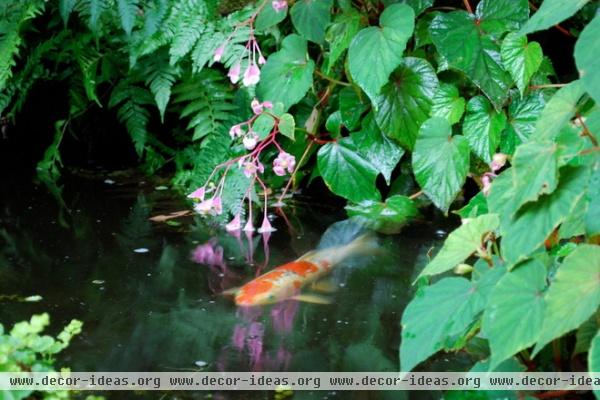
The artist is drawn to beauty and desires to create. Some artists desire to share their beauty with the world. For others, creating beauty that satisfies their spirit is sufficient.
Artists are as varied as the art they create. There is no “one size fits all” when it comes to these people. In general artists are captivated by light, color, texture, shapes and lines. They tend to notice the details, tediously modifying them to create a seemingly effortless big picture. They also tend to delight in serendipity.
You may be a unique combination of several different gardener archetypes. Personally, I am an artist, a philosopher and a collector. Which one rules? That depends on how many plant catalogs and design magazines end up in my mailbox in a particular week.
Let’s look at the elements you can employ to craft a garden that satisfies your inner artist.
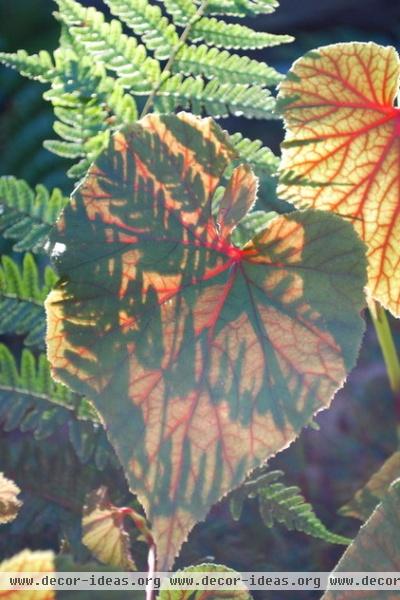
Light. A good artist, like a keen gardener, understands light: its intensity, its daily and seasonal variations, and the shadows it creates. The wise appropriation of light can emphasize texture in a beautiful way. Don’t overlook the opportunity to employ the sun to backlight certain vignettes in your garden. Even though scenes such as the one shown here are fleeting, they bring a layer of richness and excitement to the garden.
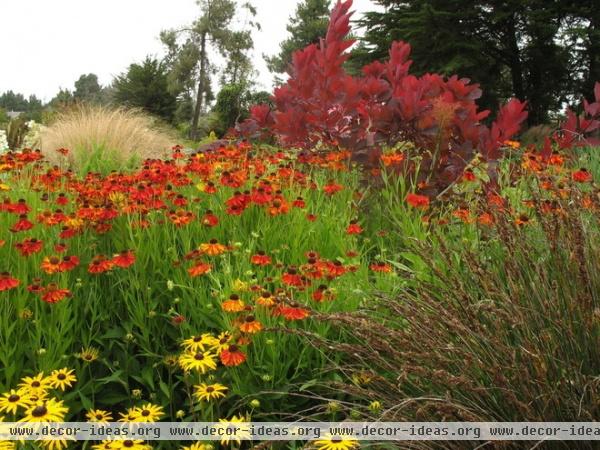
Color. To the artist, color is like a best friend. Even those who prefer more monochromatic schemes can employ color by emphasizing its subtleties and absence. Employing color successfully often entails limiting the palette and understanding the color wheel.
This garden is appealing because the color palette is limited to hot colors: reds, oranges and yellows. The introduction of a cool color, such as blue, would lessen the dramatic impact of this vignette.
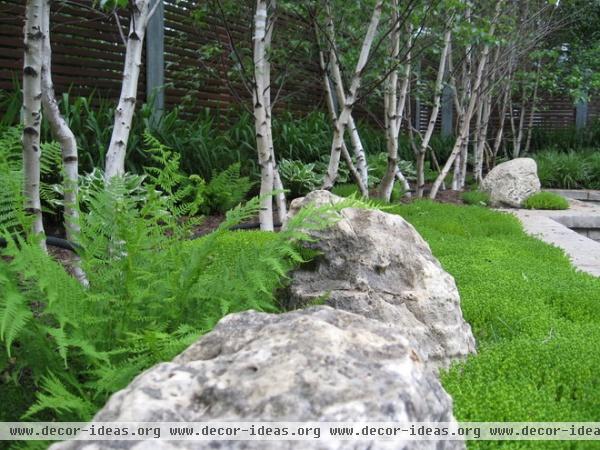
Shapes. The artist’s eye is drawn to shapes. The successful artist knows how to celebrate shapes by employing the technique of juxtaposition. Notice how the disparate shapes of the boulders, the birch trees and the retaining wall in this garden are shown to best advantage by the use of similar colors and textures. Much of the dramatic impact would be lost if the birches were replaced with magnolias or oaks.
In addition, the plant palette supports the strength of this vignette because it has been kept in tones of green. The introduction of red or blue foliage would undermine the power of this scene.
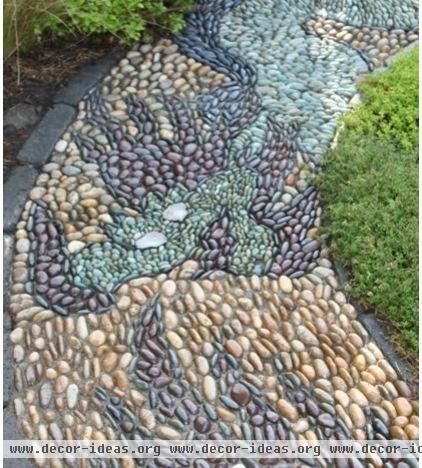
Texture. The artist celebrates the tactile and the sensual through the introduction of texture. Texture delights our senses in a way all its own. Don’t you want to touch or even lie down on this garden path?
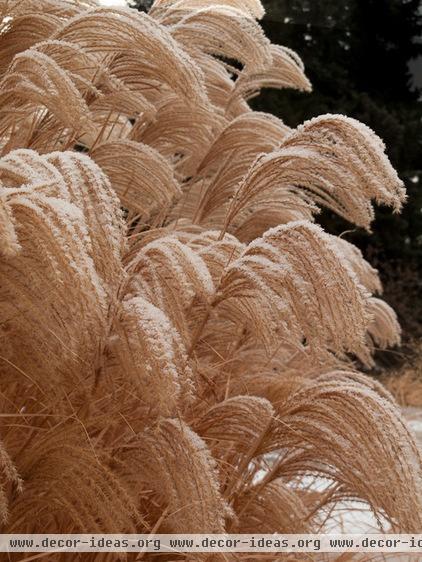
Texture may also be introduced through plants, such as this Miscanthus sinensis ‘Gracillimus’ (zones 5 to 9). Its billowy texture conjures images of sitting in a jet, looking down upon layers of clouds, feeling majestic. Artists know how to elicit certain feelings through the thoughtful use of certain plants.
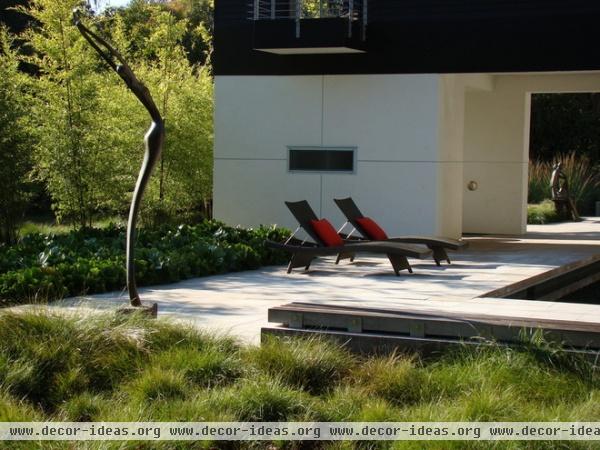
Sculptural elements. Appropriately chosen and sited, sculpture can add another layer of experience to the garden of the artist. Notice how this sculpture mimics the lines and color of the lounge chairs in a brilliant way.
It is my firm belief that no garden is complete without at least one sculptural element.
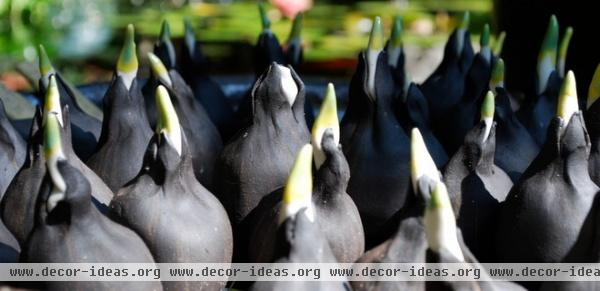
Artists find and celebrate beauty in the ordinary things that most people overlook. Here we see a pan of ceramic bulbs created by Berkeley, California, artist Marcia Donahue. Only an artist would elevate the ordinary bulb to a piece of art.
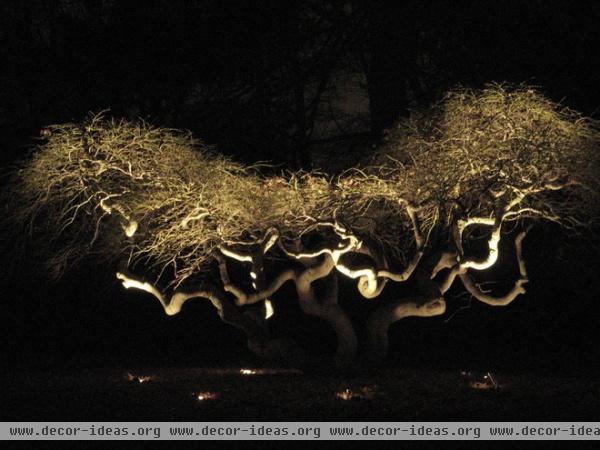
Sculpture does not have to be limited to engineered pieces of stone, metal or ceramic. Notice how this spectacular maple takes on the role of sculpture when appropriately illuminated. Many artists are drawn to sculptural trees, such as Japanese maples and conifers, and employ the art of pruning. For the artist there may not be a right or wrong way to prune. The same type of tree may be pruned differently to fit a certain site, to star in a certain vignette.
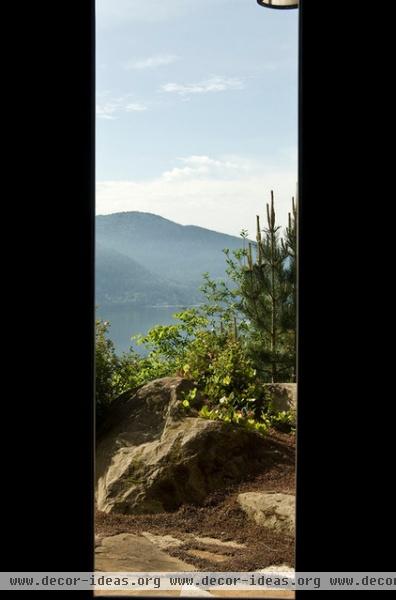
Framed views. The artist wants to draw attention to certain vignettes within the garden, perhaps by framing the view. A window cut into a fence or hedge is an effective way to do this. Precisely positioning a vignette between the trunks of two trees along a sight line is another way to accomplish this. As with a framed painting on a wall, framing your view gives it power and legitimacy.
When viewing this photograph, the artist will most likely see the asymmetrical balance before the pines and the mountains. Next, he or she will notice the relationship between the boulders and the mountains. This is how the mind of the artist works.
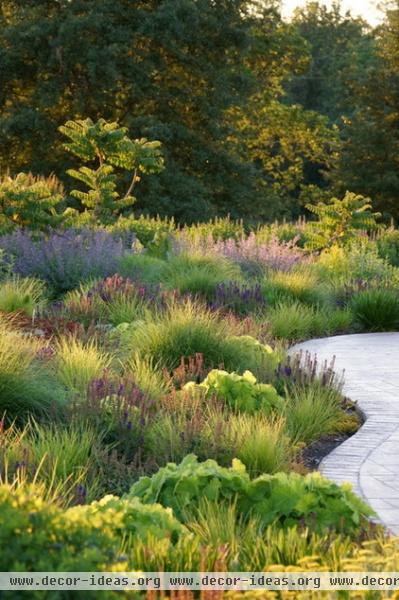
Finally, let’s look at some examples of the artist’s garden.
The garden shown here exemplifies the work of the artist. This design style, known as prairie, originated in the Netherlands; plants are used en masse to paint a picture. Notice how this designer has employed a diversity of color, textures, shapes and sizes, as well as captured light, to weave a beautiful tapestry. The fact that the end product appears effortless is a testament to its success.
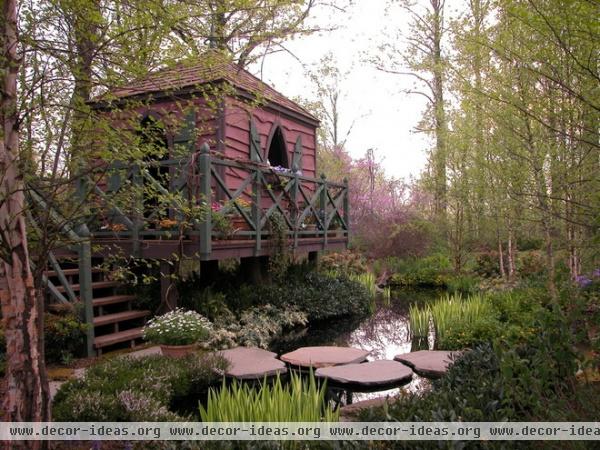
This New York garden could just as easily be found in France, Germany, a Monet painting or a fairy tale. Let’s look at the components of this complex space. The artist sees asymmetrical balance, repetition of the house color in the background redbuds, implied movement in the stepping stones traversing the pond, reflection in the water and vibrant vertical lines in the irises mimicking the trees to the right. Additionally, the three clumps of irises pull the eye around the corner of the house, inspiring a sense of wonder and tranquil adventure.
This garden deeply satisfies the spirit of the artist.
More: What Kind of Gardener Are You? Find Your Archetype












